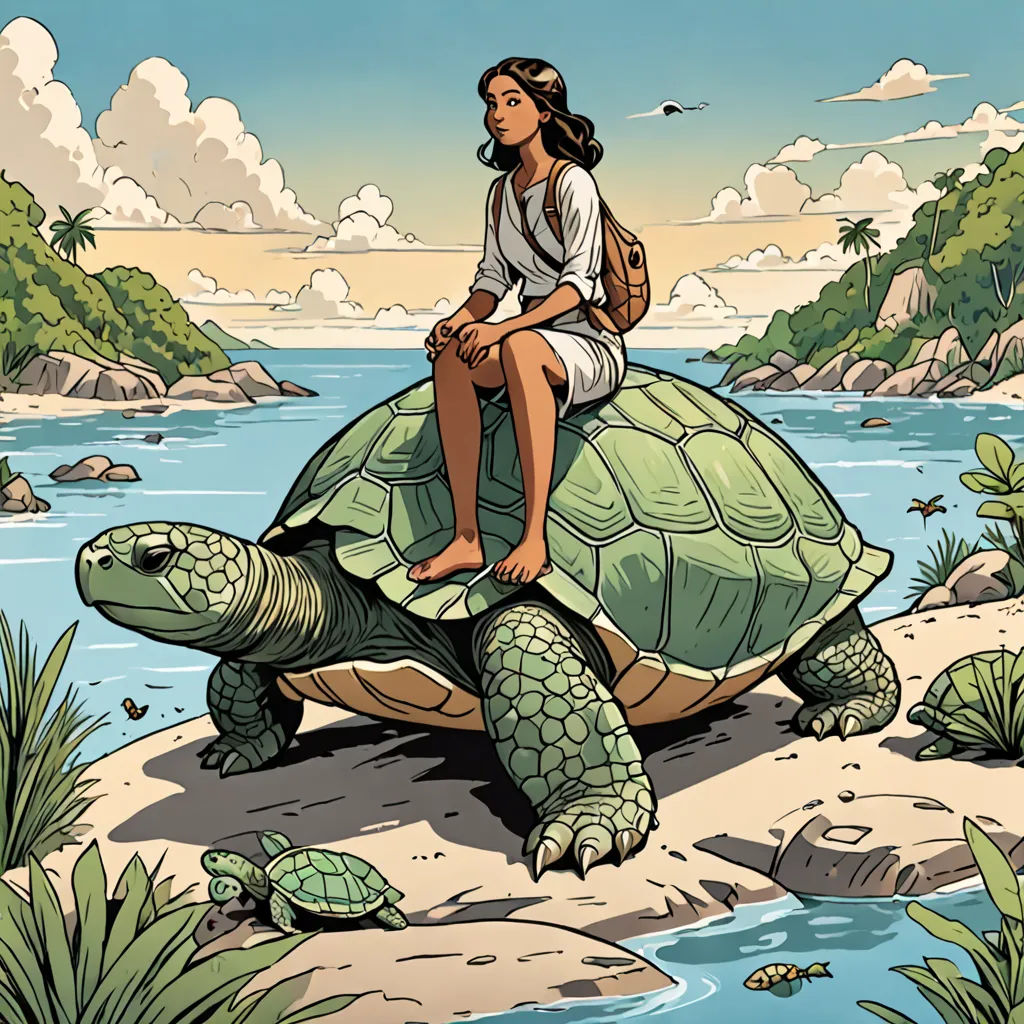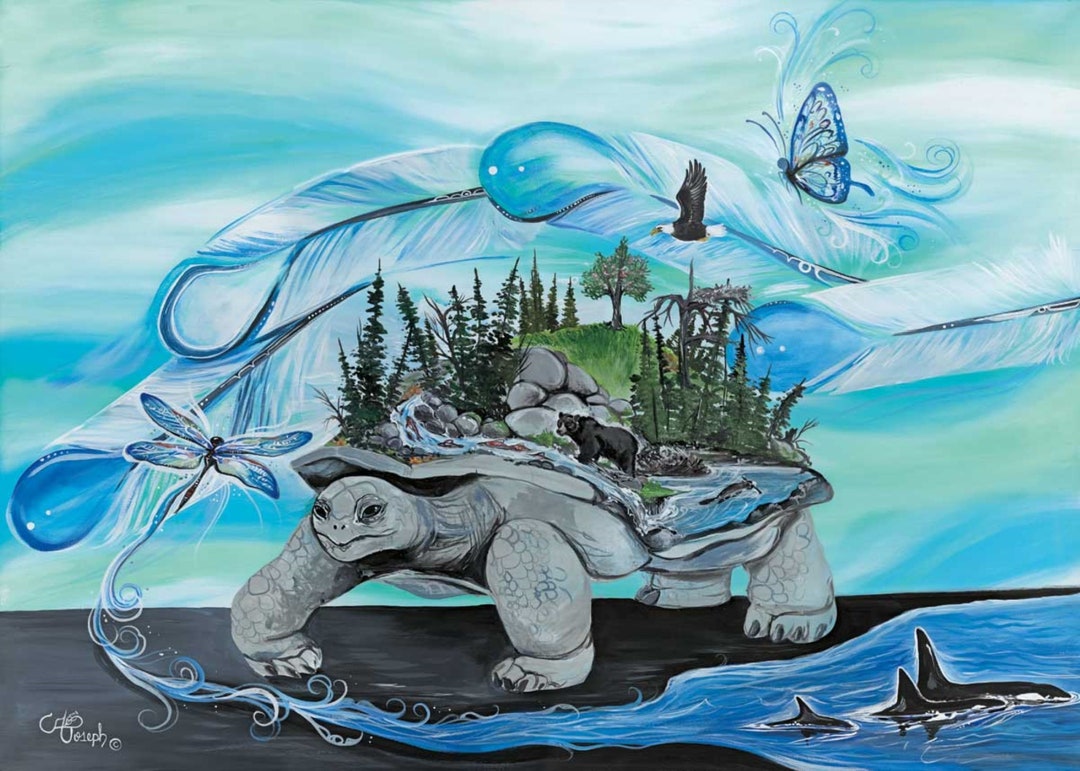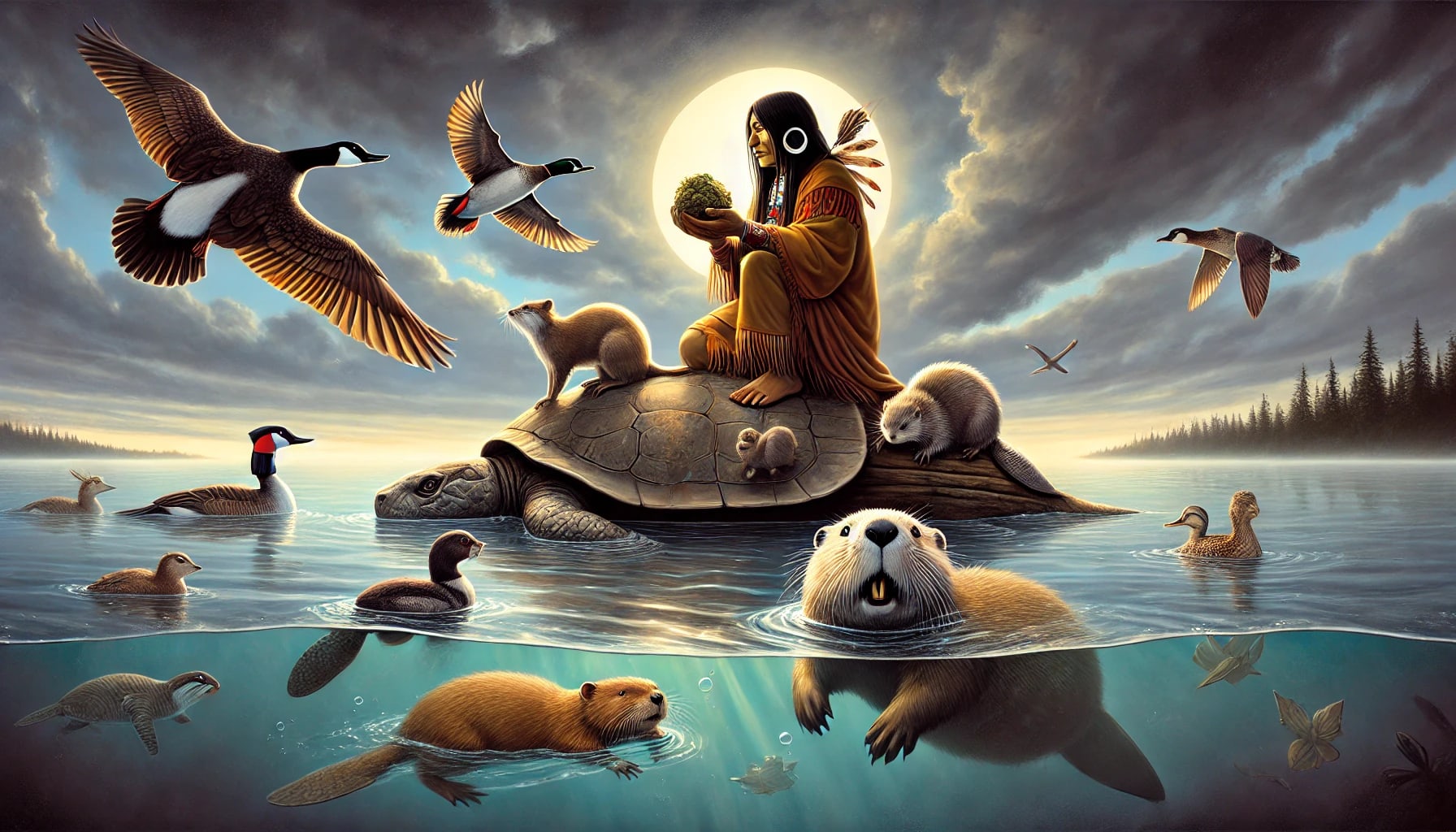
Brushstrokes of Sovereignty: How Illustrators Are Reclaiming and Revitalizing Turtle Island Stories
For millennia, the rich tapestries of Indigenous oral traditions have been the lifeblood of communities across North America, known to many as Turtle Island. These stories—creation myths, historical accounts, spiritual teachings, and personal narratives—have been passed down through generations, shaping identities, imparting wisdom, and connecting people to the land and each other. Now, a vibrant movement of Indigenous illustrators is taking these ancient narratives and giving them new life through the powerful medium of visual art, not merely translating them, but actively reclaiming, revitalizing, and decolonizing the representation of their cultures.
This artistic wave is not merely about aesthetics; it is a profound act of decolonization. For centuries, Indigenous peoples have been misrepresented, romanticized, or altogether erased by non-Indigenous artists, historians, and storytellers. Stereotypes, often perpetuated through visual media, have distorted public perception and inflicted deep harm. The rise of Indigenous illustrators, therefore, is a critical step towards correcting these historical inaccuracies and asserting Indigenous sovereignty over their own narratives. As Dr. Debbie Reese (Nambé Pueblo), founder of American Indians in Children’s Literature (AICL), often emphasizes, the importance of "own voices" in storytelling, especially for children, cannot be overstated. When Indigenous artists depict their own stories, they bring an unparalleled authenticity, cultural nuance, and depth that external interpretations often lack.
The canvas these illustrators work on is as diverse as the Indigenous nations themselves. From the cosmic origins of creation stories, like the Anishinaabe tale of how Turtle Island was formed on the back of a turtle, to the Haudenosaunee Sky Woman narrative, these artists imbue ancient wisdom with contemporary visual language. They illustrate historical events, often overlooked or distorted in mainstream accounts, such as the resilience during forced displacement, the impact of residential schools, or the ongoing struggles for land rights and environmental justice. Crucially, they also depict contemporary Indigenous life—the joys of family, community celebrations, the beauty of everyday existence, and the strength found in cultural resurgence.
One of the most impactful areas where Indigenous illustration is flourishing is in children’s literature. Artists like Julie Flett (Cree/Métis) have garnered widespread acclaim for their gentle, evocative illustrations that often accompany stories about nature, family, and language revitalization. Her work in books like Birdsong (written by Flett) and We Sang You Home (written by Richard Van Camp) uses minimalist yet deeply expressive imagery to convey complex emotions and cultural values, making them accessible and resonant for young readers. Flett’s illustrations often feature soft color palettes and textured details, creating a sense of warmth and connection to the natural world that is deeply rooted in Indigenous philosophies.
The styles employed by these illustrators are incredibly varied, reflecting the rich diversity of Indigenous art forms across Turtle Island. Some artists draw directly from traditional art styles, such as the intricate formline designs of the Pacific Northwest Coast, which are being adapted into graphic novels and contemporary illustrations by artists like Michael Nicoll Yahgulanaas (Haida), whose "Haida Manga" blends traditional Haida art with Japanese manga conventions to tell compelling stories that challenge colonial narratives. His work, such as Red: A Haida Manga, is a masterful example of how ancient artistic principles can be dynamically reinterpreted for modern audiences, without sacrificing cultural integrity.

Others build upon the legacy of the Woodland School of Art, pioneered by the late Norval Morrisseau (Anishinaabe), with its distinctive X-ray style, bold lines, and vibrant colors depicting spiritual connections and dreamscapes. Contemporary artists like Christian Morrisseau, Norval’s son, continue this tradition, while others integrate its spiritual depth into new visual vocabularies. These diverse approaches ensure that Indigenous art is not seen as a monolithic entity, but as a living, evolving expression of distinct cultures.
For Indigenous children, these books are mirrors, reflecting their own identities, languages, and cultures back to them in positive, empowering ways. Seeing characters who look like them, engage in familiar cultural practices, and navigate experiences specific to Indigenous communities is vital for fostering self-esteem and a strong sense of belonging. For non-Indigenous readers, they are windows, offering authentic insights into Indigenous worldviews, histories, and contemporary realities, helping to dismantle stereotypes and build bridges of understanding. As Indigenous author and illustrator David A. Robertson (Norway House Cree Nation) notes, "Stories are how we learn about the world, how we learn about ourselves. And when Indigenous stories are told by Indigenous people, it’s not just about representation; it’s about accurate representation, it’s about self-determination."
The journey for Indigenous illustrators in the mainstream publishing world has not been without its hurdles. Historically, gatekeepers in publishing have lacked understanding of Indigenous cultures, leading to instances of cultural appropriation, insensitive editing, or a general reluctance to publish Indigenous stories unless they fit preconceived, often stereotypical, notions. However, there has been a significant push for change. Indigenous-owned publishing houses, such as HighWater Press (an imprint of Portage & Main Press) and Kegedonce Press, have emerged, dedicated to publishing Indigenous voices and ensuring cultural integrity throughout the publishing process. These presses, along with increasing awareness within larger publishing houses, are creating more opportunities for Indigenous illustrators to share their visions.
Beyond books, Indigenous illustrators are expanding their reach into graphic novels, digital art, animation, and educational materials. Graphic novels, in particular, offer a powerful format for exploring complex historical narratives and contemporary issues, appealing to a broad age range. The immersive nature of visual storytelling, combined with text, allows for nuanced explorations of themes like intergenerational trauma, resilience, and the ongoing fight for justice.
The impact of these illustrators extends far beyond the pages of a book. Their work is a form of cultural revitalization, helping to keep endangered languages alive by providing visual cues for new learners. It is a tool for education, teaching both Indigenous and non-Indigenous audiences about the true history and diverse cultures of Turtle Island. It is a source of inspiration for younger generations, encouraging them to pick up the pen, brush, or stylus and tell their own stories. In a world increasingly dominated by visual media, the power of Indigenous illustrators to shape perceptions, preserve knowledge, and celebrate cultural richness is profound.
In the vibrant lines and colors of these illustrations, the heart of Turtle Island beats strong. These artists are not just drawing pictures; they are weaving threads of identity, history, and hope into the fabric of contemporary society. They are asserting that Indigenous stories are not relics of the past but living, breathing narratives vital for understanding our shared present and building a more equitable future. Through their brushstrokes of sovereignty, Indigenous illustrators are ensuring that the stories of Turtle Island continue to resonate, enlighten, and inspire for generations to come.


